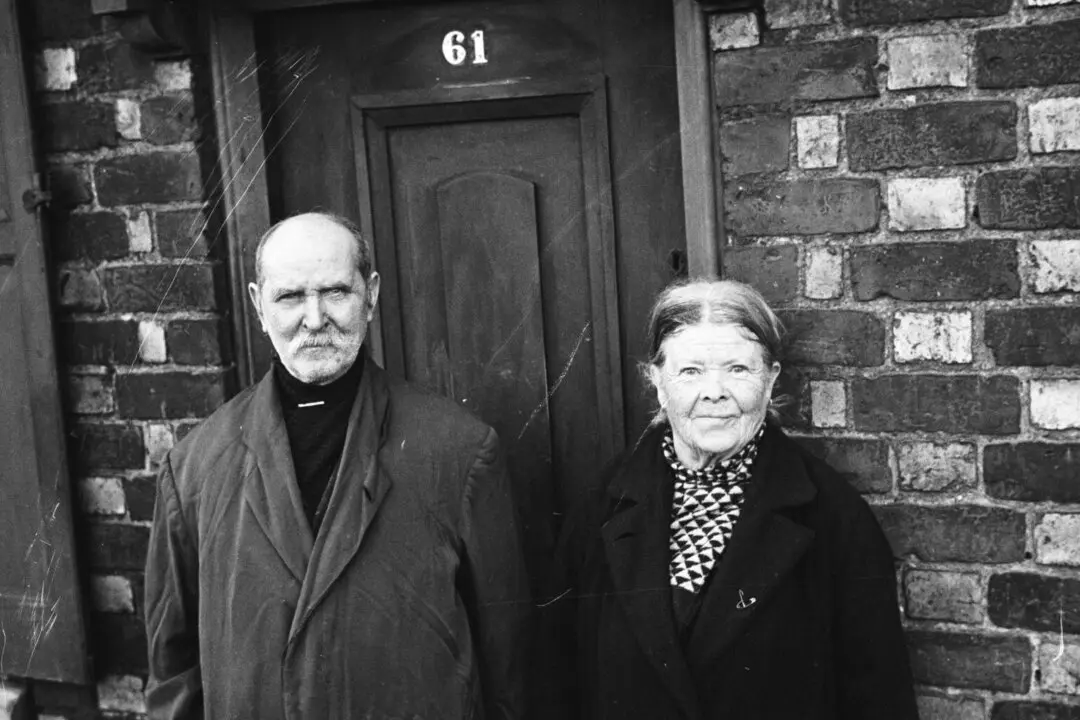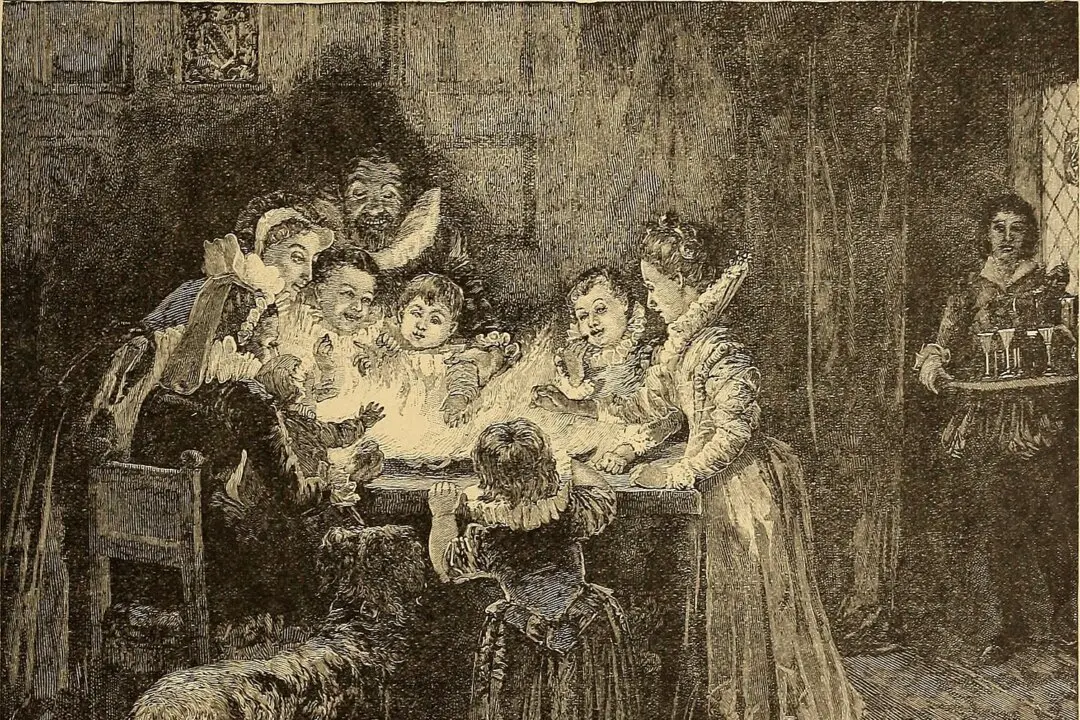Recently, I wrote about the many benefits that flow from learning a traditional craft, such as woodworking, pottery, basket weaving, gardening, breadmaking, embroidery, and the like. Traditional crafts bring us closer to the material world, the past, and our own bodies.
When we work with raw materials and bring out their potential, such as turning rough wood into an elegant chair, we perfect them. We come to know those materials—and through them, the world—more intimately. We also enhance our world, even just a little, by creating something useful and beautiful.






